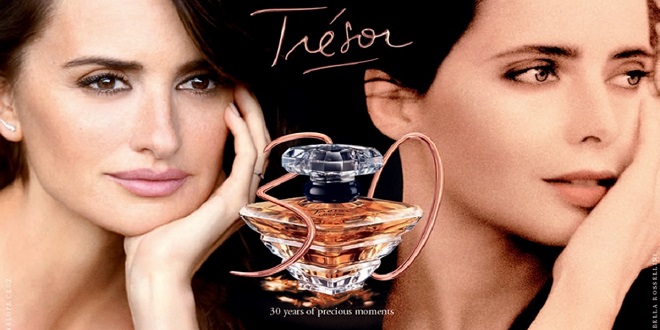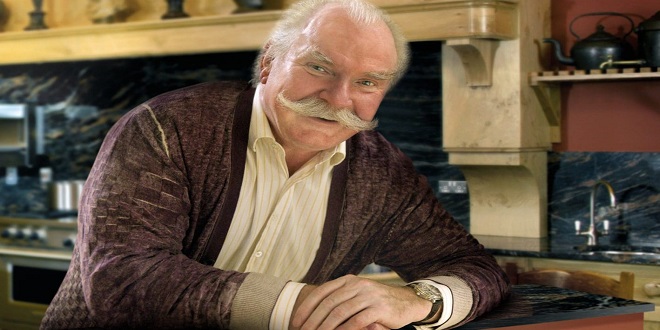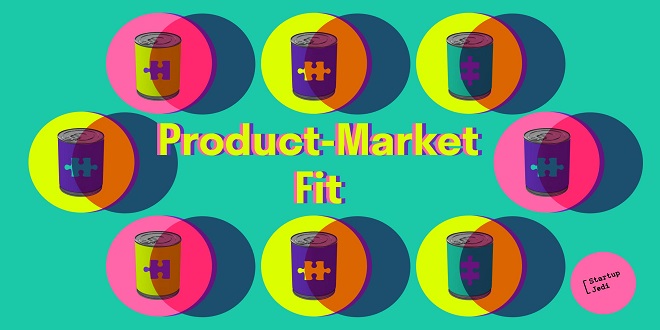
Arguably, launched in 1921, is the most famous perfume in the world. It makes hundreds of millions of dollars’ profit t annually. Perfume is pure profit. Paul Poiret, an astute businessman, was the first to create his own scent before the First World War, naming it after his daughter Rosined. The packaging is as important to the consumer as the scent. While Poirethad his perfume bottles were uniquely hand-blown from Moreno glass in Italy, Chanel chose a sleek geometric art deco bottle that has never been redesigned. Interestingly, one-third of the early couture firms developed lines of perfume, whose names have far outlasted the couture houses.
The houses of Palou and Lavin no longer sell clothing, but their names have been immortalized by their perfume labels. With a 60 percent pure profit mark-up, these sales can keep a business afloat, and often not only outstrip its couture lines but its prêt-à-porter lines as well. What is perfume’s appeal? As a status item, it is more affordable to a mass market, and it allows a ‘cheap’ entry into a designer lifestyle. Perfume literally provides a touch of luxury to the mundane life of a middle-class consumer. During the Second World War, American soldiers returning from service in Europe were known to buy the women in their lives either silk stockings or perfume, or both.
In most cases, when they entered French perfumeries’, the only name they returned was Chanel No. 5. Perfume sales soared for Chanel in the 1940s and 1950s; today it is still the top-selling brand, with a bottle selling every thirty seconds. It was originally created by Ernest Beaux, and it was the fifth sample Beaux asked Chanel to appraise—hence the name. By the 1960s, the three leading couture houses, Chanel, Dior, and Yves Saint Laurent, were also the top-selling perfume establishments.
Even though males had been wearing scents for centuries, masculine colognes—tending to have more citrus and woody notes than women’s perfume—became huge marketing products in the 1970s. By the 1990s, perfume sales had reached $7.5 billion and celebrities of all kinds were marketing their own scents.
FASHION AND PHILANTHROPY
In the 1980s, monster fashion shows were organized, often to benefit charities. Bruce Oldfield’s show raised funds for a children’s orphanage and Karl Lagerfeld’s for the Cancer Appeal, while Chanel gave money to support the Metropolitan Opera. Fashion Aid was held in the late 1980s, with the proceeds used to send food to Africa. A variety of designers also participated in the prestigious Street to Couture show in the Royal Albert Hall in London.
Albert Hall in London. By the early 1990s, politics had become an overt part of the fabric of fashion design. Not only did fashion respond directly to current events, but many designers incorporated philanthropy as part of their corporate profile. According to Cascadian Mooching launched Project Smile in 1993 to raise funds for HIV-positive children. An auction, ‘Art in Love’, took place in collaboration with Sotheby’s at the opening of Foschini’s New York boutique. Artists such as Julian Schnabel, George Condo, Donald Bachelor, Armani, and John Baldessari donated works to be sold. The profits were given to Hale House, an organization providing support for children of alcoholics and drug addicts in Harlem.
Last word
Even furniture companies such as the Swiss manufacturer Vitra will issue an edition of individual pieces or limited editions. The tobacco company Philip Morris offers a prize for young designers and uses the popularity and cultural recognition of design to enhance its own image—something it sorely needs in an era when the public image of smoking and tobacco products is not terribly positive, and the reputation of the fi rm is decaying by the minute.





